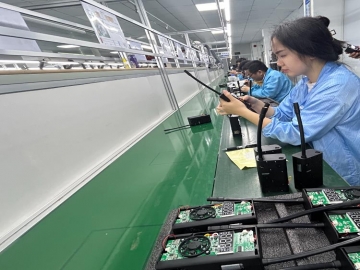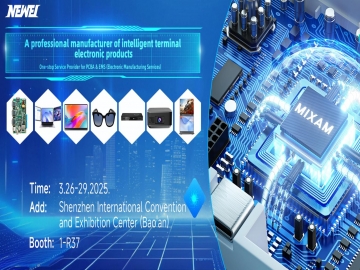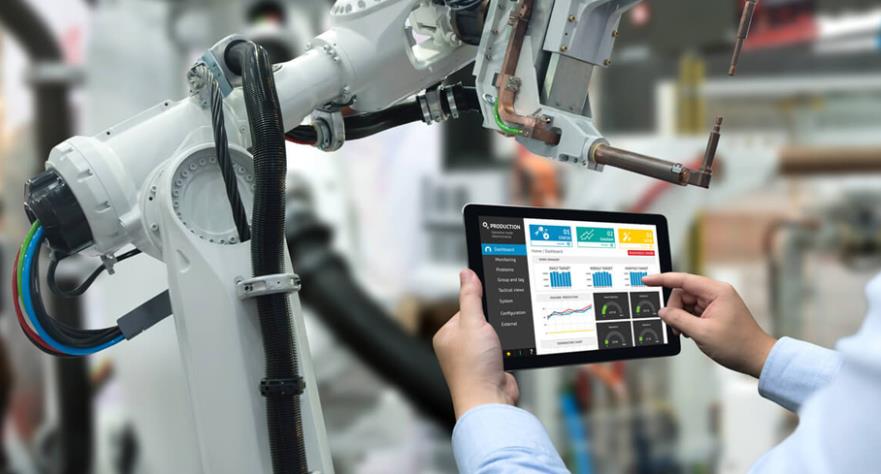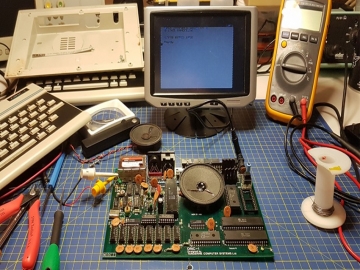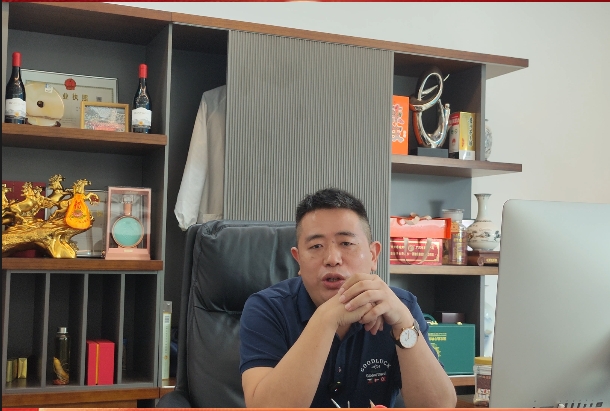What are the cleaning solvents for the surface of PCBA circuit boards?
During the PCBA processing, the use of solder paste and flux will produce residual substances. The solder residue will gradually harden over time and form corrosive substances such as metal halides, which will have an adverse impact on the reliability and service life of the PCB board. Therefore, after the PCBA processing is completed, it is necessary to thoroughly remove residual solder, solder, and other pollutants on the PCB board to keep the surface of the PCBA board clean and tidy. There are many types of cleaning solvents for the surface of PCBA circuit boards on the market, so how should we choose?
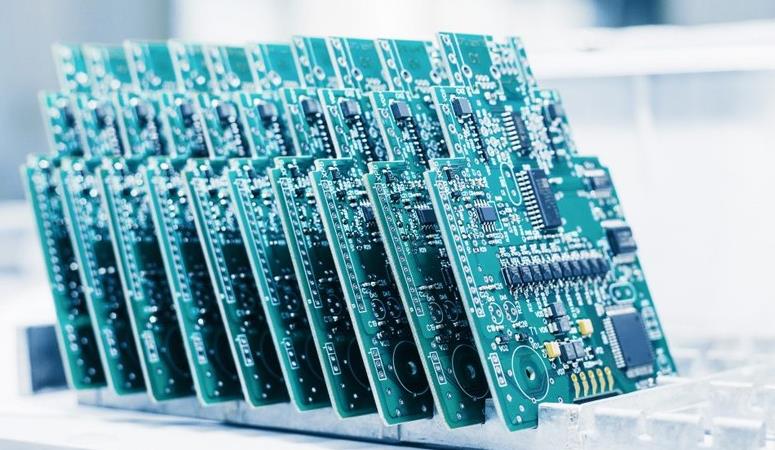
1. Solvent cleaning agent
Solvent cleaning agents can be divided into hydrocarbon solvents, halogenated solvents, and fluorinated solvents. Solvent based cleaning agents are self-cleaning and low residue cleaning agents, but their disadvantages are easy evaporation and volatility, which require special attention during storage. Due to the requirements of environmental policies, halogenated and fluorinated solvents have been used less frequently in recent years. When using hydrocarbon cleaning agents, attention should be paid to fire prevention measures on the machine and environment, as well as the anti leakage treatment of volatile organic compounds. Only when these situations are handled properly can hydrocarbon solvent cleaning agents be used in small batch PCBA samples. The hydrocarbon cleaning agent has a better effect on some rosin type and some non cleaning flux residues, oil stains, and dirt.
2. Water based cleaning agent
Water based cleaning agents can be used in the vast majority of scenarios, but when choosing a water-based cleaning agent, consideration should be given to the limitations of circuit board surface, metallization, and compatibility, including the compatibility of lead oxide reactants, white metals, yellow metals, ink markings, and coating materials, followed by the size, spacing, and complexity of the assembled components. The components of different types of flux residues are different, and the cleaning materials of water-based cleaning agents have different abilities to remove welding residues. At the same time, the water-based cleaning agent cleaning process is also the atmosphere ultrasonic cleaning process and spray cleaning process. In the spray cleaning attack, the tolerance of foam is lower. It is required that there is no foam or foam is very small and can dissipate quickly.
When we are clear about the residual components on the PCBA circuit board, we can choose whether to use solvent cleaning agents or water-based cleaning agents based on actual needs. When meeting the cleaning conditions, we also need to consider environmental protection issues.
Tags: PCBA /PCBA_circuit_boards /cleaning /
Prev: How to ensure quality control of PCBA processing?
Next: What services do PCB assembly manufacturer generally provide?


